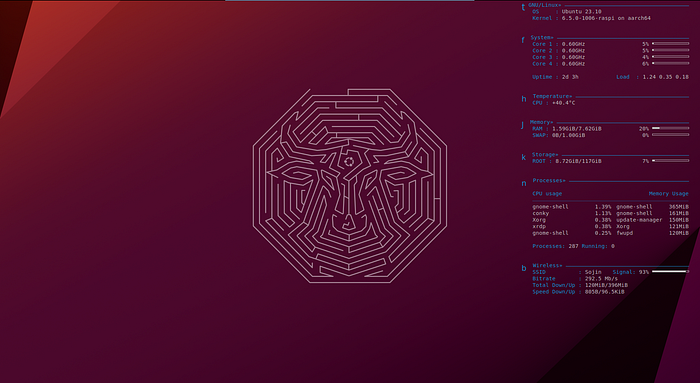For those currently in, or aspire to be in SaaS sales, it is often challenging to dive into the modern data stack. One challenge many face is finding a suitable “work area” to begin the learning journey. Many of the online tools have time-limited trials and require a credit card to get started. Open-soure software is intimidating to learn since it requires downloading unfamiliar and potentially risky software to your personal or work computer. Using cloud services such as AWS, Azure, and Google is also fraught, since they require a credit card to get started and there are many opportunities to incur unexpected charges if you are not vigilant. As an experienced Solution Engineer in SaaS, I’m always looking for ways to stay current with the latest emerging technologies so I wanted to share one of the best ways I have found to supercharge my learning.
The rise of of SBCs (Single-Board Computers) has provided an excellent alternative to learn open-source frameworks like Python in a safe, low-cost, and forgiving environment. Although there are other SBCs available, the Raspberry Pi is the best choice since it has extensive software support, a very large, engaged community, and proven reliability.
A new version of the Raspberry Pi, the Raspberry Pi 5, was recently (October 2023) released with more than twice the performance of the previous version at the same price so it is a great time to purchase one (or preorder one since they’re in very high demand!).
For those beginning their journey into Linux and Python, a Raspberry Pi provides the perfect mix of ease of use, low cost, and low risk.
Ease of Use
There are several Operating Systems (OS) available to choose from for your Raspberry Pi. Ubuntu is an excellent choice since it provides an intuitive, stylish interface. It is one of the several choices available using the free SD card imager and includes Python pre-installed. For Windows users, it may also be easier to learn the Python terminal commands in a Linux environment (e.g. Ubuntu) since the syntax on Windows terminal is not identical and StackOverflow solutions tend to favor Linux.
Low Cost
The Raspberry Pi can be purchased for $60 (4GB) to $80 (8GB). Micro-SD cards are getting cheaper and you can purchase a 128GB micro SD card on Amazon for about $10–15. However, you can be assured that there will be no unexpected charges on your credit card and you’ll have your own development system for learning or even productive use-cases (e.g. hosting your own web app).
Low Risk
The Raspberry Pi is very forgiving for novices who have never used Linux or Python before. The storage for the Pi (including OS) is on a micro-SD card, so it’s easy to “start over” or backup your system. Starting over is simply reimaging the micro-SD card.
Conclusion
For anyone who has always wanted to get more familiar with the modern tech stack to upskill or change careers, a Raspberry Pi is a great investment in your future. It provides a reliable, inexpensive platform to host your Python environments, test open-source software, and experiment without the complexity of the cloud or the associated costs.

